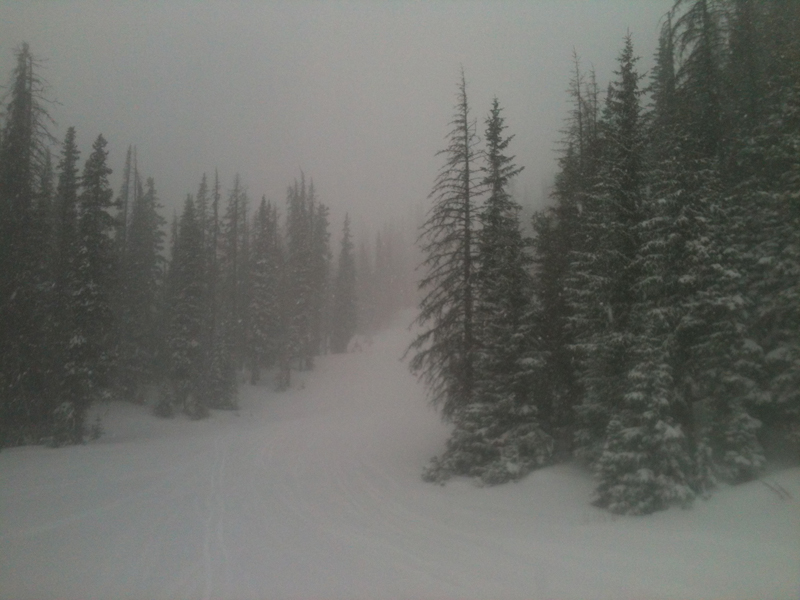John Farley
Supporter
Not going to try to list states on this one since it could extend all the way from California to New England, if it is able to interact enough with cold air in the northeast, though by and large probably a rain event there, at least in coastal areas. But it will be a long duration winter storm in places like southern CO and northern NM, and in some of those places the interaction of the back door cold front trying to push over the rockies into central and western NM, southwestern CO, southern UT, and parts of AZ with the strong cutoff low on the Pacific Coast will likely produce some highly unusual weather. In the Rio Grande Valley of nothern NM, for example, freezing rain and sleet appear possible as the warm, moist air ahead of the low pushes over the shallow cold air coming westward through the mountain gaps. Freezing rain is very rare in that area - I've only seen it there once in the last ten years - but it could occur with this storm. And freezing rain and sleet could also be widespread farther east from the plains of NM across the TX panhandle into parts of OK and KS - areas more familiar with those p-types than the Rio Grande Valley of nothern NM. Edit - actually, mixed precipitation is already occurring in some parts of the Plains and Midwest.
There is also the potential for very heavy snow accumulations in the mountains of northern NM and southern CO, especially the San Juans. I took the picture below this morning while skiing at Wolf Creek, showing the early stages of the storm. By this time about five inches had fallen, but with snow likely to continue much of the time until Sunday night or possibly Monday morning, 1 to 2 feet looks like a sure bet there, with 3 or 4 feet not at all out of the question.

There is also the potential for very heavy snow accumulations in the mountains of northern NM and southern CO, especially the San Juans. I took the picture below this morning while skiing at Wolf Creek, showing the early stages of the storm. By this time about five inches had fallen, but with snow likely to continue much of the time until Sunday night or possibly Monday morning, 1 to 2 feet looks like a sure bet there, with 3 or 4 feet not at all out of the question.

Last edited by a moderator:


